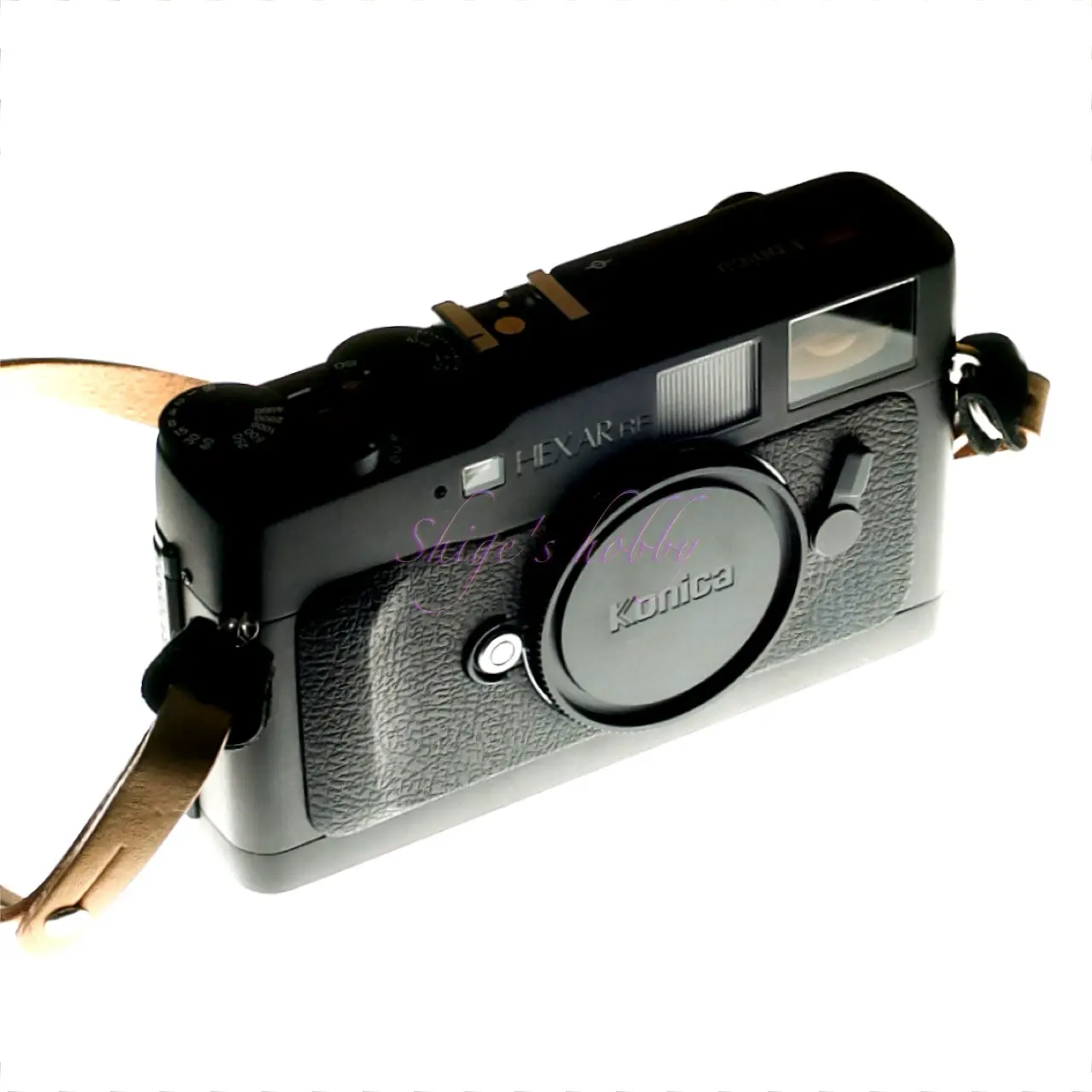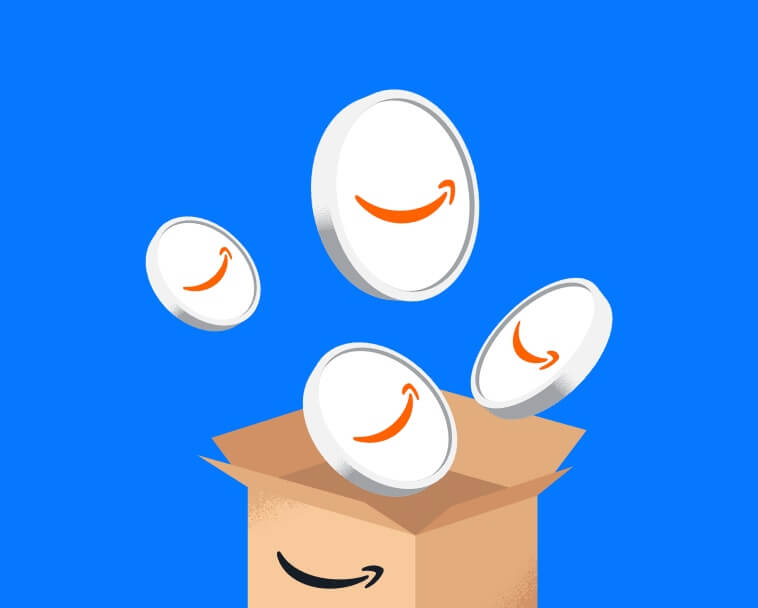A review and sample photos of the semi-automatic rangefinder film camera, the Konica Hexar RF.
- Please see the disclaimer regarding advertising here.
- Italicized links in the text are advertisement links that take you to other sites.
Table of contents

Gallery
The sample photos were taken using the following lenses and film.
- SMC PENTAX L43mm +KODAK EPR-64
- LEICA SUMMICRON M 35mm F2 with Goggle +FUJIFILM Velvia100
- LEICA SUMMILUX 35mm F1.4 2nd +KODAK ELITE CHROME100
- KM HEXANON 35mm F2 +KODAK Kodachrome PKR-64
- KM HEXANON 50mm F2 +FUJIFILM ACROSS 100
Review


1.Overview
The HEXAR RF is a semi-automatic rangefinder film camera compatible with the Leica M mount, released by Konica in 1999.
“Semi-automatic” refers to the fact that all operations except film loading and focusing are electronically controlled, including initial film positioning, automatic film winding, LCD film counter display, and AE exposure control.
Therefore, it requires two CR2 batteries as a power source, and without batteries, the shutter will not fire, making photography impossible.
The body frame is made of aluminum alloy, and the exterior is made of titanium.
It features a focal-plane shutter and TTL direct metering, with a maximum shutter speed of 1/4000 second and flash synchronization at 1/125 second.
The viewfinder magnification is 0.6x, the base length is 69.2mm, and the viewfinder frames consist of three types and six frames: 28/90, 35/135, and 50/75.
2.Usability
Compared to the Leica M series, the HEXAR RF boasts superior specifications, including a functional in-viewfinder display, electric automatic film winding, and a 1/4000 second shutter speed. However, the somewhat loud shutter sound due to the high shutter speed is a matter of personal preference.
The camera’s size is almost identical to the LEICA M series, and since the dimensions of each part conform to the LEICA M, lenses with focusing tabs could be used without any problems. Only the DR-SUMMICRON 50mm required removing a part attached to the focusing tab.
The camera’s viewfinder magnification is 0.6x, resulting in a small image. This is good for lenses with a focal length of 50mm or less, but there are concerns about focusing accuracy when using large-aperture lenses in the F2 class with longer focal lengths of 75mm/90mm at their widest aperture.
Therefore, since it’s a film camera with a limited number of shots, I rarely used lenses with a focal length exceeding 50mm.
It’s a highly automated camera; the film spool doesn’t require the user to manually insert the film into a slot. Instead, when the film is set in the camera, it automatically winds the film to the initial position.
During this process, the film is wound by the spool’s protrusions catching on the perforations (holes on both sides of the film).
While there’s no problem if the film winds to the initial position when the back cover is closed, the following can occasionally occur, so caution is necessary.
If you repeatedly set the film with the spool’s protrusions and the film perforations significantly misaligned when closing the back cover, the spool’s protrusions will wear down due to interference with the film perforations.
As the spool protrusions wear down, eventually the film perforations will no longer catch on the spool protrusions, causing the spool to spin freely and the film to fail to wind to the initial position. With my first HEXAR RF, because of the fully automatic winding feature, I didn’t pay attention to the details and repeatedly loaded and shot film. As a result, the spool wore down, the film stopped winding, and I had to send it in for repair to replace the spool. It’s true that the spool’s protrusions are made of plastic and are therefore prone to wear.
As a user, it’s advisable to minimize this wear by ensuring that the film’s perforations and the spool’s protrusions are aligned when loading the film into the camera and closing the back cover, preventing the spool from rotating freely.
The HEXAR RF is already an old camera, and since repair parts will likely be unavailable by 2024, if you’re buying a used one, it’s necessary to check that the camera’s spool protrusions aren’t excessively worn.
I learned from the information on this page that film without a DX code will not automatically advance. (Camera Talk 10, 1999, Leica Boogie Woogie conclusion (Field Camerama note by NAGY)) I’m relieved to understand why the film doesn’t advance when using questionable film. Although it doesn’t advance automatically, if the film is correctly loaded and the shutter is released, shooting is possible.
This camera is an M-mount compatible film camera that I acquired when I didn’t have the financial means to buy a Leica M body. Before this, I used cameras such as the MINOLTA CLE, Rollei 35 RF (same as Bessa-R2), and CONTAX G1/G2.
The reference book, “All About the HEXAR RF: Exploring the Charm of the Latest Rangefinder Camera” (Aimook 2005), is a good book with comprehensive information on the HEXAR RF, but please note that since it was published in 2000, it does not include information on the HEXAR RF LIMITED body, lenses, M-HEXANON 50mm F1.2 Limited, M-HEXANON 35mm, and M-HEXANON 21-35mm, which were released after that date.
3.Summary
In conclusion ,to sum up the Hexar RF, the 0.6x viewfinder is suitable for use with wide-angle lenses from 28mm to 35mm. The viewfinder can be used comfortably up to about 50mm.
It is an excellent rangefinder camera for everyday use such as snapshots. The automatic electric winding is very convenient.
The controls are conveniently located on the top plate and can be used without having to refer to the manual.
Specifications and comparison with other cameras
The Zeiss Ikon (COSINA / released in 2005) has a long base length and a large magnification, making it easier to see through the viewfinder and more accurate.
The Rollei 35 RF (BESSA_OEM) has a large viewfinder magnification but a short base length, so the effective base length is smaller.
| Camera | HEXAR RF | Rollei 35 RF | Zeiss Ikon |
| Finder Mechanisim | Real-image reverse Galilean perspective finder | Real-image reverse Galilean perspective finder | Real-image reverse Galilean perspective finder |
| Viewfinder Magnification | x0.6 | x0.7 | x0.74 |
| Finder Frame | 28,90 / 35,135 / 50,75 | 40 / 50 / 80 | 28,85 / 35 / 50 |
| Baseline length(mm) | 69.2 | 37 | 75 |
| Effective baseline length(mm) | 41.5 | 25.9 | 55.5 |
| Shutter Mechanisim | Electronically controlled vertically moving metal focal plane shutter | Vertical travel laminar metal focal plane shutter | Electronically controlled vertically moving metal focal plane shutter |
| Shutter speed(sec) | 1/4000〜16(Auto) 1/4000〜1(Manual) | 1/2000〜1 | 1/2000〜1 |
| Photometry method | Shutter curtain, TTL direct metering | Center weighted TTL average metering upon light depression of shutter release | Center weighted TTL average metering upon light depression of shutter release |
| Battery | CR2-3V x2 | LR44/SR44 x2 | CR-1/3N x1 SR44 x2 LR44 x2 |
| Size(mm) W x H x D | 139.5 × 80 × 35 | 135.5 × 81 × 25.5〜33.5 | 138 × 77.5 × 32 |
| Weight(g) | 560 | 440 | 460 |
| Release date | Normal (1999.1) Limited(2001) | 2002 (2006 sales end) | 2005.10 |
Options
- Flash HX-18W
- Leather case
- Konica M mount lens
| Focal length | Lens name | Release date | Technical Report |
| 28mm | M-HEXANON f28 / F2.8 | 1999年 | 28/50/90mm-PDF |
| 50mm | M-HEXANON f50 / F2 | 1999年 | 28/50/90mm-PDF |
| 90mm | M-HEXANON f90 / F2.8 | 1999年 | 28/50/90mm-PDF |
| 35mm | M-HEXANON f35 / F2 | 2000年 | 35mm-PDF |
| 50mm | M-HEXANON f50 / F1.2 | 2001年 | 50mm/F1.2-PDF |
| 21-35mm | M-HEXANON f21-35 / F3.4-4 | 2002年 | 21-35mm-PDF |
Reference links
Affiliate links

Amazon Prime Sale
Update history
- 2025.11.7
- 2024.05.18


Be First to Comment